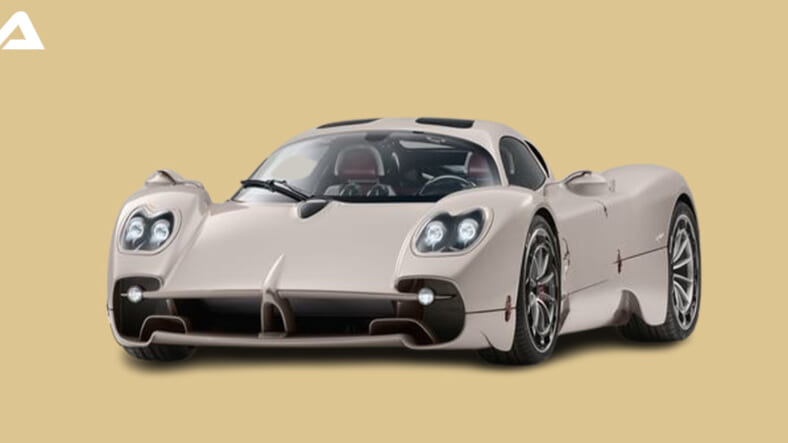The Pagani Utopia Supercar Is Here To Replace The Zonda And Huayra
A master artist is the best way to characterize Horacio Pagani. And no, he doesn’t create works like the Mona […]

A master artist is the best way to characterize Horacio Pagani. And no, he doesn’t create works like the Mona Lisa (though, interestingly, Horacio looks up to Leonardo da Vinci). Hypercars, which he also manufactures, are a big improvement. Hypercars, the stuff of every petrolhead’s wildest dreams when it rains. Pagani’s newest creation is a showpiece, the Utopia, which was just revealed. The Utopia might be thought of as Pagani Zonda’s grandchild. The novel Utopia by Sir Thomas More, from whence the word is derived, is about a fictional island with ideal conditions.
This one is a keeper; Pagani nailed it. What, after all, can compete with a twin-turbo V12 engine originally developed by Mercedes-AMG? It’s more alarming when considering that 846 Italian horsepower and 1,100Nm of torque propel this automobile. The result is the greatest torque number ever recorded for a Pagani. Pagani dubs this creation his “alchemy of joy,” and with good reason. The automobile is so stunning that it would look just as good on display as it would race. Since every Pagani is already breathtaking in appearance and lightning quick, Horacio surveyed his clientele to find out what more they would want to see improved. The terms “simplicity,” “lightness,” and “joy of driving” kept coming up. These are the phrases at the heart of Pagani’s third act.
Horacio’s master plan to dominate the hypercar market continues with the C10 project, as it is known internally. The C8 Zonda set the standard, and the C9 Huayra included active aerodynamics & carbo-titanium into the design. The Utopia (C10) is next to streamline and improve the legend’s driving characteristics. It’s a comfort to know that Horacio didn’t cave into the hybridization fads of the present. Pagani has built a fantastic vehicle with a traditional seven-speed manual gearbox without using hybrid technology or cumbersome batteries. However, the shift knob still appears as it was plucked from an extraterrestrial spacecraft.
The cabins are next, and they have a Pagani vibe about them. Useful and classic while also being slick to look at. Besides the screen sandwiched between the two analogue gauges (speedo and tach), the cockpit is screen-free. The original toggle switch panels have already been kept for continuity with its forebears and to maintain the spacecraft aesthetic. Compared to its progenitor, the Huayra, the Utopia can generate more downforce while omitting some of the active aero components. Those discarded aero components will likely be used in future limited versions of the Utopia. Although Pagani claims it’s brand new, the car’s underpinnings are a tried-and-true carbo-titanium monocoque construction. The Utopia’s proprietary technology keeps the ship’s total mass under 1,300 kilos.
After six years of development, the automobile has a kinder, simpler design than its forerunners. Ultimately, Utopia is a worthy successor and should be awarded the coveted oval badge. Any Pagani is just a work of art, but this particular one will surely spark conversation. The production run is small since it is an original work of art. Specifically, 99 are available, and each will set you back a cool GBP 2.2 million. Unfortunately, all the cars have already been sold to Pagani’s closest clientele, so interested parties will have to wait. The ones that can’t wait for whatever he produces!
